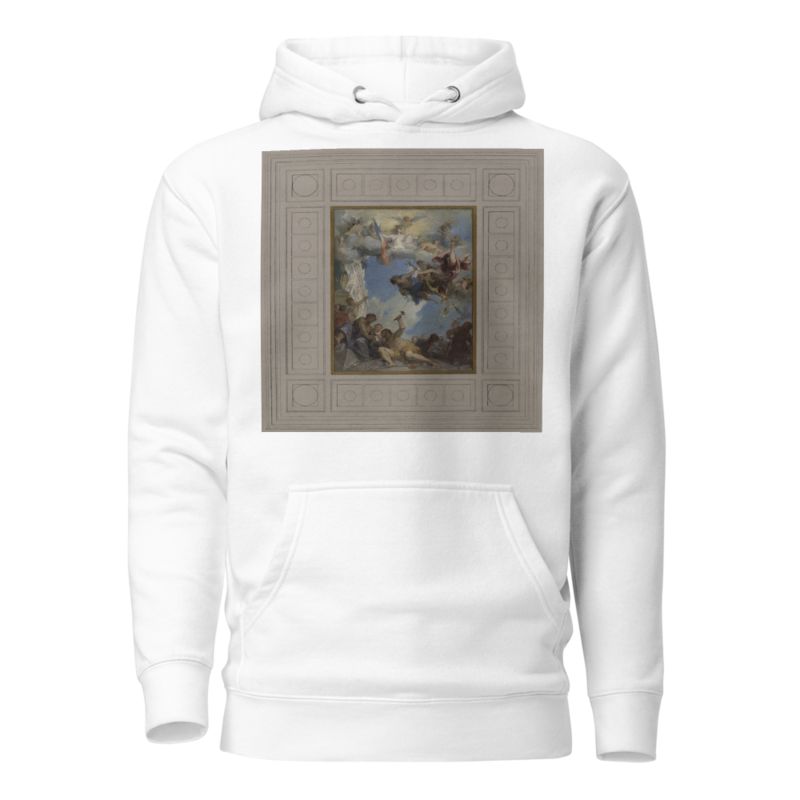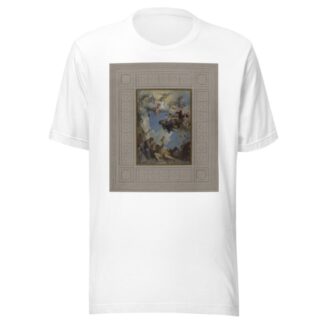Description
Le Travail sous l’égide de la République amène l’abondance et la prospérité by Henri Leopold Lévy printed on a Hoodie
About the Hoodie
Modern fit
It provides a more tailored look than a regular fit
Comfortable
The fabric and fit of this item are extra comfy
Tear-away tag
Easily removable tear-away tag that allows you to add a custom inside label
Premium quality
The product is made from premium, high-quality materials
Classic unisex hoodie with a front pouch pocket and matching flat drawstrings. The 100% cotton exterior makes this hoodie soft to the touch.
- 65% ring-spun cotton, 35% polyester
- Charcoal Heather is 60% ring-spun cotton, 40% polyester
- Carbon Grey is 55% ring-spun cotton, 45% polyester
- 100% cotton face
- Fabric weight: 8.5 oz./yd.² (288.2 g/m²)
- Front pouch pocket
- Self-fabric patch on the back
- Matching flat drawstrings
- 3-panel hood
- Tear-away tag
Henri Leopold Lévy (1840 – 1904)
Henri-Léopold Lévy was a French painter of Jewish ancestry, known primarily for mythological and Biblical subjects.
He was the son of an interior decorator and embroidery manufacturer. His artistic education began at the École des beaux-arts de Paris, where he worked in the studios of François-Édouard Picot, Alexandre Cabanel and Eugène Fromentin.
His first exhibit at the Salon came in 1865, where he displayed his portrayal of Hecuba, finding the body of her son, Polydorus of Troy, at the seashore. It brought him a first-class medal. Two years later, he received an award for his version of Jehoash of Judah being saved from the slaughter of his family ordered by Athaliah. In 1869 he was given a prize for his “Hebrew Captive Weeping at the Ruins of Jerusalem”. In 1872, after showing his portrait of Herodias, he was named a Chevalier in the Legion of Honor.
In addition to his canvases, he created several murals; notably, scenes from the life of Saint Denis at the Church of Saint-Merri, a “Coronation of Charlemagne” (1881) at the Panthéon and an “Essay on the Glories of Burgundy” which fills a panel in the State Hall of Burgundy in Dijon.
Despite being a Chevalier, his career suffered from the anti-Semitism that swept France after the Dreyfus Affair and he lost customers by refusing to sign his paintings with a different name. He was, however, able to continue participating in the Salon until 1903. During this time, he took an extended trip to the Middle East with his friend, Fromentin, and produced several Orientalist works.






Reviews
There are no reviews yet.